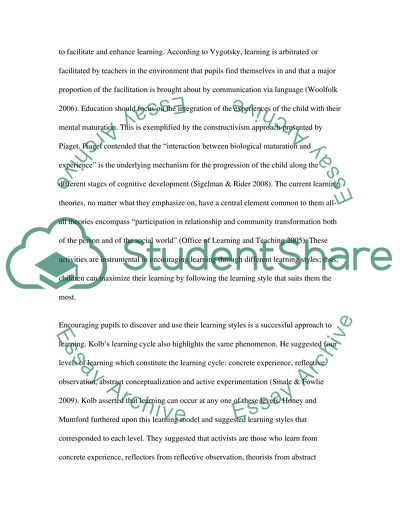Cite this document
(“Planning, Assessment and Evaluation of Learning Essay”, n.d.)
Retrieved from https://studentshare.org/environmental-studies/1408210-planning-assessment-and-evaluation-of-learning
Retrieved from https://studentshare.org/environmental-studies/1408210-planning-assessment-and-evaluation-of-learning
(Planning, Assessment and Evaluation of Learning Essay)
https://studentshare.org/environmental-studies/1408210-planning-assessment-and-evaluation-of-learning.
https://studentshare.org/environmental-studies/1408210-planning-assessment-and-evaluation-of-learning.
“Planning, Assessment and Evaluation of Learning Essay”, n.d. https://studentshare.org/environmental-studies/1408210-planning-assessment-and-evaluation-of-learning.


